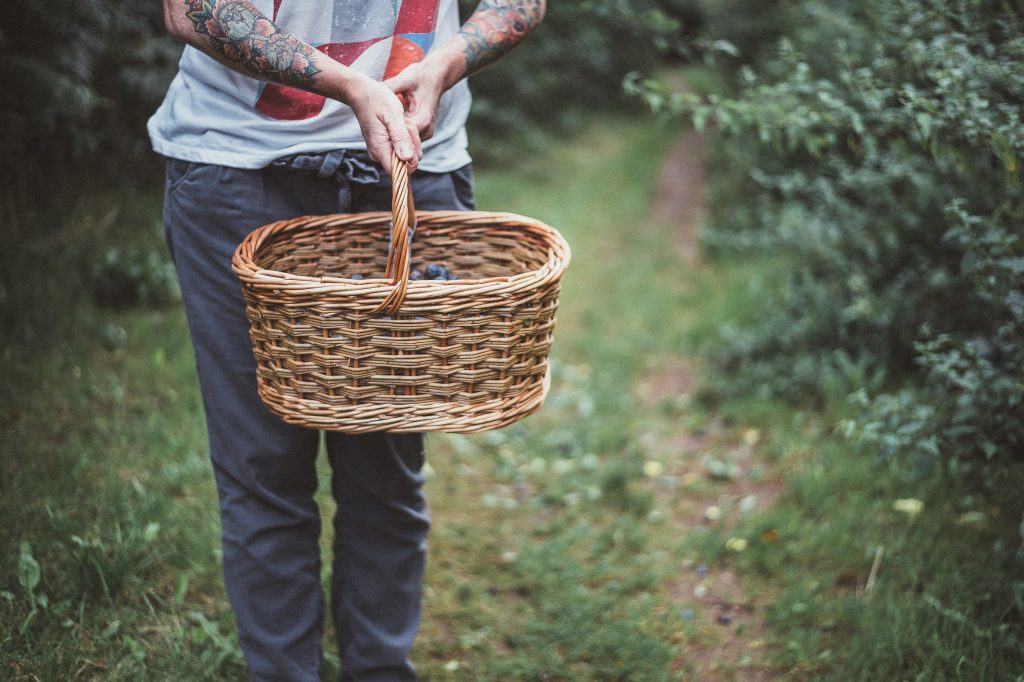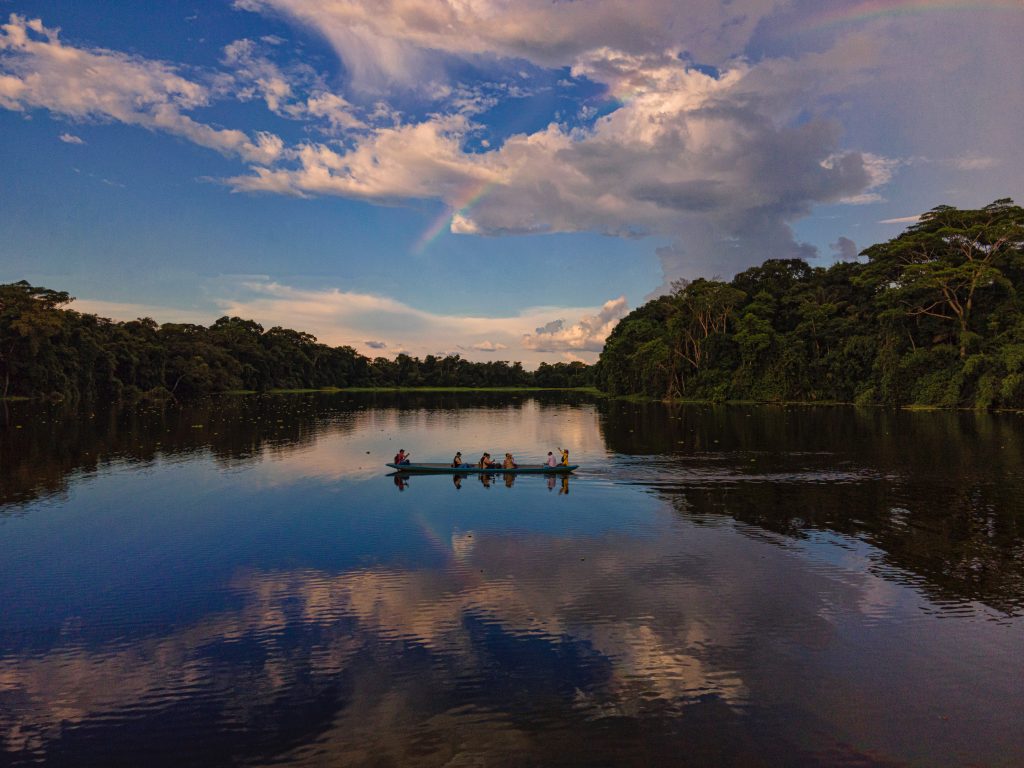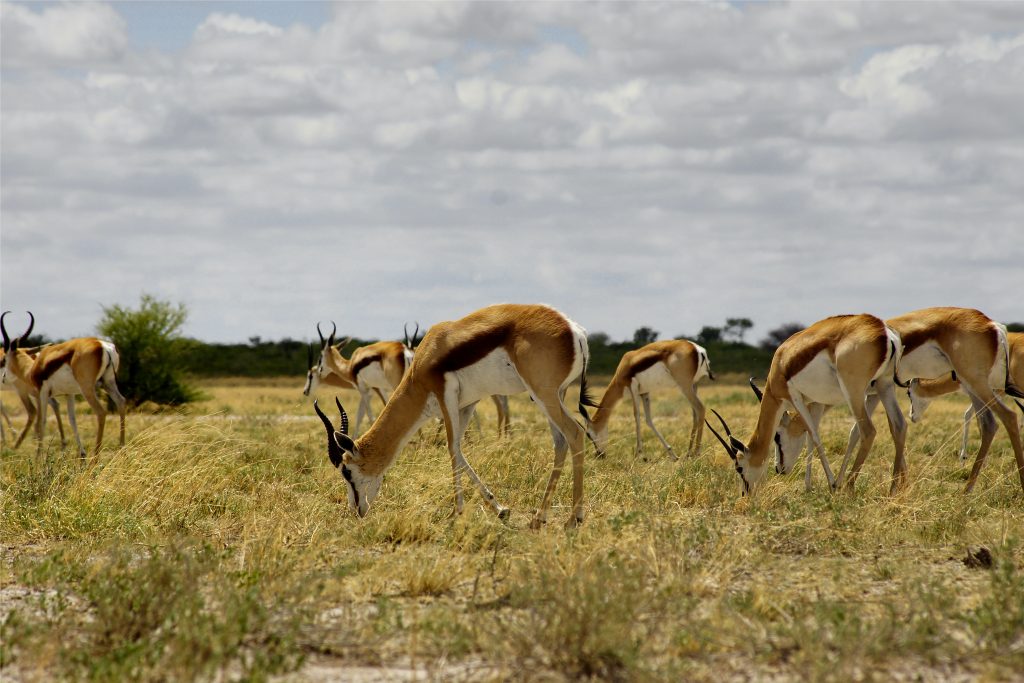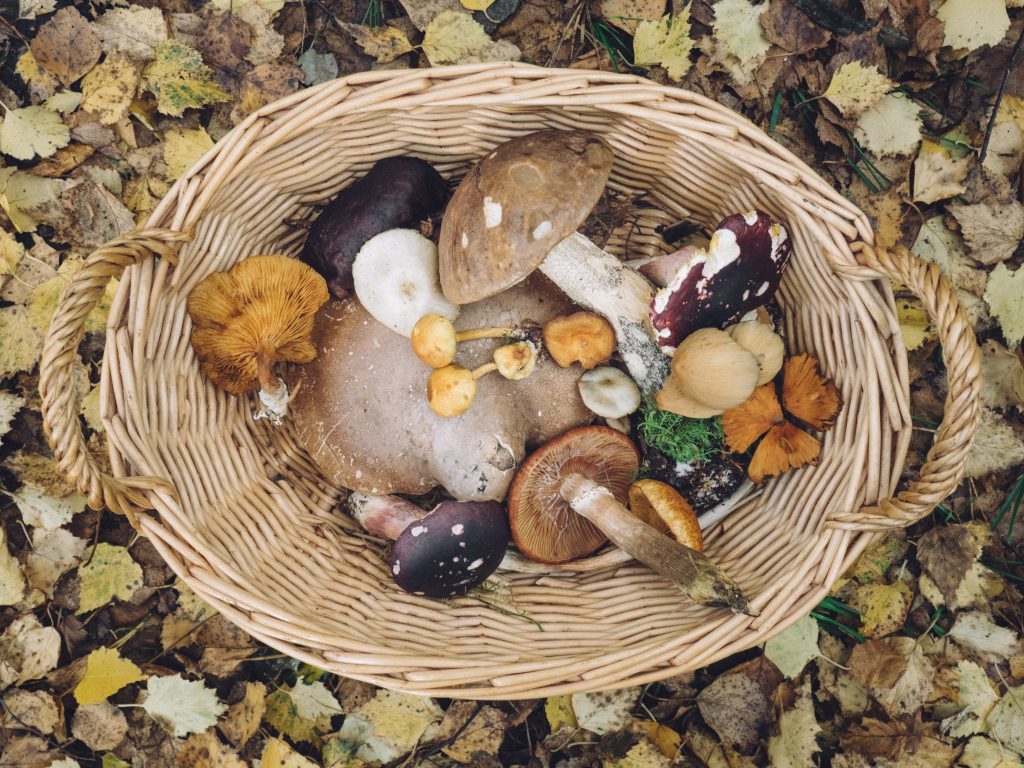On a sunny morning, you might catch me out in the Cornish fields, filling my basket with wild edibles. I feel connected to nature and blissfully happy as I weave my way along the coast paths, stopping to pick rock samphire and sea cabbage.
For me, foraging is a hobby, a fun day out. I can do it safely, in the knowledge that I'm not doing anything criminal, and that at the end of my day, I'll have a dinner of tasty, nutritious, wild food. Lucky for me, I don’t have to worry about police or rangers finding and arresting me for filling my basket with flowers. It seems ludicrous that anyone would even think to.
Well, the ludicrous is true. In nations across the world, foraging is a punishable offence, and it gets worse. These anti-foraging restrictions are founded in racism, colonialism and corruption.
When done sustainably, foraging can manage and enhance greenspaces. For communities who serve as fundamental cogs in their native ecosystems, foraging is entwined with their stewardship of the land. In hard times, it can serve a vital means of survival.
In short, it’s sustainable, beneficial and vital. Why would anyone restrict it?
Throughout history, black and indigenous communities have been forcefully separated from foraging practice in the name of colonialism, racism and profit.

In America, racial oppression didn’t end when slavery was abolished in 1865. People of colour were still considered second class citizens, with segregation shockingly continuing until 1964. I own dresses older than that.
Following the abolition of slavery, despite the majority of the black community being considered free, they were still living in a system that was actively trying to control and oppress them.
Foraging had long been a part of these communities' lives, having turned to wild food to supplement the often insufficient meals provided by their slavers. As an existing practice, it was woven into their food and culture.
When finally freed from forced labour, many families turned to these established foraging practices to provide food and income for their families. Despite having little income and restricted freedoms, communities could still enjoy nutrient dense wild foods.
In a concerted effort to restrict the independence of the recently freed black communities, states brought in anti-foraging laws that criminalized trespassing and harvesting wild food from public spaces. With few options, for many this forced them to return to work for their ex-slavers to put food on their tables.
Baylen J. Linnekin in a 2018 paper from the Fordham Urban Law Journal.
Prohibiting self-reliant lifestyles to tie newly ‘freed’ slaves to their ex-slavers is systematic oppression at its worst. For these black communities in America, I’m guessing freedom really didn’t taste so sweet.
It’s not only black communities who’s access to foraging has been restricted. Indigenous communities across the globe have also been distanced from generations-old foraging practices by the presence of racism and colonialism.
The same pattern has been echoed throughout history. Western (and predominantly white) colonizers, charities and businesses have displaced indigenous communities from the lands they have long relied on for wild and foraged food in the name of ‘protection’, civilization and profit.
The 1830 ‘Indian Removal Act’ saw nearly fifty thousand Seminole, Choctaw, Chickasaw, and Creek Indians forcibly removed from their ancestral lands, which they had used throughout history to hunt and forage.
‘Americanization’ (forced western assimilation) and the imposed relocation to reservations markedly reduced native land ownership, coerced tribes into colonialist-style, unsustainable farming methods and legally restricted their ability to hunt and forage outside of their government allotted land.
This created a huge breakdown of culture, as these tribes' way of living was deeply connected to the land. Their culture was deeply entwined with the turning of the seasons, and they lived in harmony with the flora and fauna around them. Over generations, they had created stable, sophisticated and sustainable foraging practices, which supplied diverse and richly nutritious food all year round.
Colonial settlements expanded. Camps became cities and populations boomed. All the while consuming more- more land, more food, more water. By the early 1900’s this expansion demanded Dams and in 1944 the Pick–Sloan Missouri Basin Program was authorised.
This would restrict flooding of the land, control water supply, generate hydroelectric energy and reroute water to dried out states like California and Arizona.

The construction of these dams flooded vast areas of land, displacing native communities and wiping out huge forests, plains and rivers. The devastating loss of biodiversity caused by the dams also dried up land located downriver, taking with it an abundance of forageable food.
Over 200,000 acres of the Sioux standing rock reservation was flooded by the erection of the Oahe Dam. 21,497 acres of indigenous land was flooded by the Fort Randall Dam. 20,478 acres were destroyed by the Big Bend Dam. All of this was indigenous land. The reservoir created by the Garrison, Oahe, and Fort Randall dams eliminated 90 percent of the trees and 75 percent of wildlife on the flooded reservations.
The loss is inconceivable. As Dave Smoke McCluskey (a chef and forager of the Mohawk Tribe) described:
“When the plants are no longer there, the cycle is broken.”
Foraging and culture were intertwined. The emergence of seasonal foods were celebrated with traditions- music and ritual embedded in the harvest and consumption of foraged foods. With the plants gone, this cycle was broken. Much of what remained of many Tribes' cultures was lost.
Foraging has enjoyed a surge in popularity over the past decade, with famous chefs re-discovering it as a way to make their food more vibrant and exciting. In practice, it has become known as a way to connect with nature, enhance your diet and connect with your family. In the UK, we are able to enjoy it freely, but even today, this is not the case for everyone. In 2021, racist and oppressive forces are still restricting communities rights to forage.
Since Conservation began in the 1800’s, it has been co-opted as a vehicle for ethnic cleansing. As a whole, conservation has made incredible contributions to preserving wildlife and habitat. But what we do know is that it has been used to displace and destroy indigenous communities- vilifying their presence and not trusting them to be ‘wise stewards’ of the lands their families have lived on sustainably for generations.
Indigenous communities make up only 5% of the global population, yet they protect a staggering 80% of the world's most diverse regions. Across the globe, indigenous Tribes have perfected a natural symbiosis with their lands, foraging and hunting sustainably and offering stewardship in return.

This is true of indigenous Amazonian tribes, many of whom have gained notability for their fierce protection of the Rainforest. Kelly Swing (director of the Amazonian Tiputini Biodiversity Station) states that “The indigenous peoples of the Amazon have proven to be the best guardians of their traditional territories...The fact that the Amazon ecosystems are as rich as they are today is proof of how successful these cultures have been, in living in balance with their environment.”
Much like the Native Americans, these tribes are having their homes destroyed by a government that sees their presence simply as a hindrance to economic development. The ecosystems they have lived in semiosis with for generations, and have looked to to find foraged sustenance are under serious threat.
The San Bushmen of Botswana are another example of an indigenous community who have been stripped of their rights to forage. The San have foraged and hunted sustainably on the same land for generations. In 1961, this land became a protected place of residence to help conserve their way of life. However, in 2014 President Khama went against the constitution and criminalised hunting with a nationwide ban (excluding private ranches), criminalising the self-reliant lifestyle of the San. This was widely applauded by international conservation charities.

The San Tribe have forged a symbiotic relationship with this land over generations, foraging and hunting sustainably in exchange for stewardship. This community are now labelled as poachers, and are frequently incarcerated, tortured and beaten for foraging and hunting on their ancestral land.
However, rich, often white hunters frequently can legally make large donations in exchange for the thrill of hunting large game- endangered giraffes, elephants and lions. To add insult to injury, the same year the ban was enacted, work began on a new diamond mine on the Kalahari reserve. This celebrated act of ‘conservation’, was in fact a corrupt movement to remove the Bushman from their ancestral land to make way for profitable mines.
In America, the laws imposed to restrict black and indegenous access to foraging and wild food still stand today. Especially in cities, rules around foraging can still be strict.
New York’s parks offer an abundance of nutrient rich foragable foods, yet the practice is banned under laws on ‘destruction and damage’ to plants and trees. Fines for this misdemeanor can be up to $250.
West Coast Cities such as LA and San Francisco can be fairly lenient- with an abundance of fruit bearing trees in public spaces it would be a waste not to collect the abundance of goodies that drop onto the street. However, within county parks foraging is explicitly forbidden by the legal code.
Generally, across America laws are strict, however those enforcing them will sometimes turn a blind eye.
In the UK, we are lucky to have relative freedom when it comes to foraging. Foragers are allowed to harvest leaves, flowers, fruit and fungi on any public land. There are laws in place to stop foraging on private land, and the removal of any roots. However, these are in place to protect plants and stop scrumping, not to restrict our freedoms.

When I look back on the folklore surrounding foraging in England's past, I am saddened that we have become so distanced from this history of wild knowledge. But I live in the privilege of knowing that I did not lose that aspect of my culture because it was stolen from my ancestors. Better yet, I am lucky to live in a country where foraging is legal and safe, and I can connect to that aspect of my history without fearing persecution.
But as we now know, this is not the case for all communities.
For those of us with privilege, it can be easy to forget how deeply racism permeates all aspects of society. Looking at foraging alone illustrates just one aspect of how deeply systemic oppression is embedded in global history and how it continues even today.
The important question is: what can we do about it?
Supporting black and indigenous foragers (we’ve put together a list of our favourites below) is an easy first step. It can be as easy as following these people on social media and sharing their posts. This amplifies their voices, making foraging diverse on the global stage- more than a trendy hobby or selling point for Nordic chefs. We can also support their businesses financially by opening our wallets and purchasing goods or making donations.
We can honour the huge amounts of foraging knowledge we have all gained from indegenous communities by supporting their fight to regain their ancestral lands and pushing for new, fair legislation.
Alexis Nicole Nelson is an Ohio based foraging expert and social media star. She has a huge breadth of foraging knowledge and a bubbly vibrant personality. Check out her Instagram here.
Lady Danni Morinich is a Philly based urban forager and herbalist. Take a look at her Facebook to learn more about her foraged finds.
Dave Smoke McCluskey is a Mohawk Chef and Foraged food educator. Check out his Instagram here.
The I-Collective describe themselves as: ‘an autonomous group of Indigenous Chefs, Seed Savers, Artists, Activists, and Knowledge Keepers’. Their aim is ’collective promotion of a healthy food system that values people, traditional knowledge, and the planet over profit.’ Take a look at their website here.